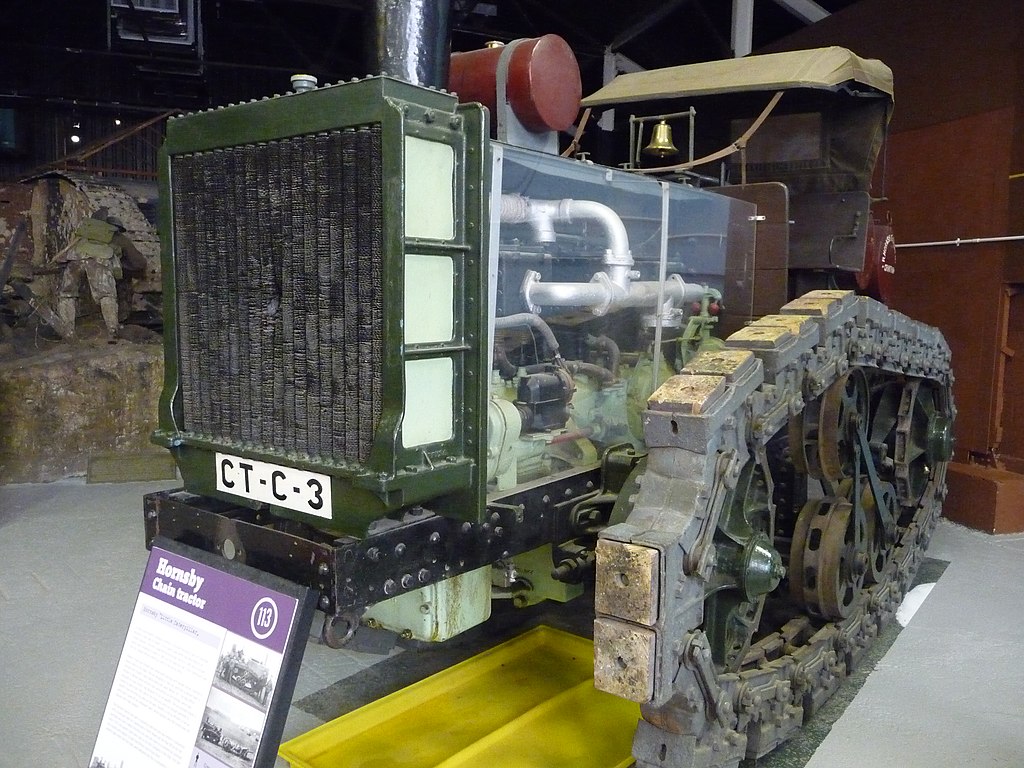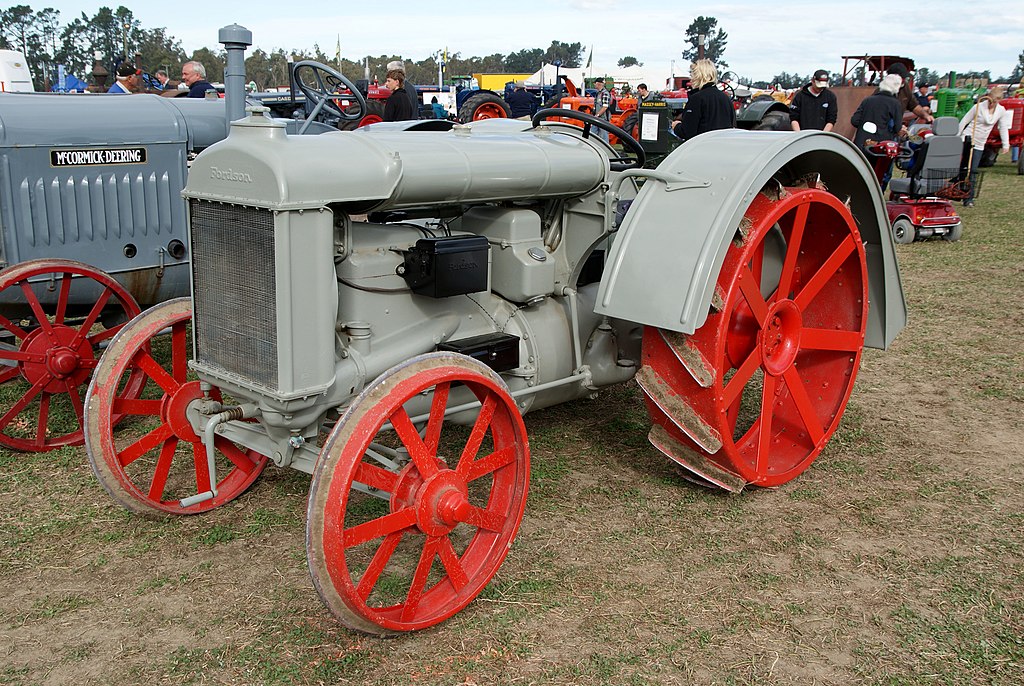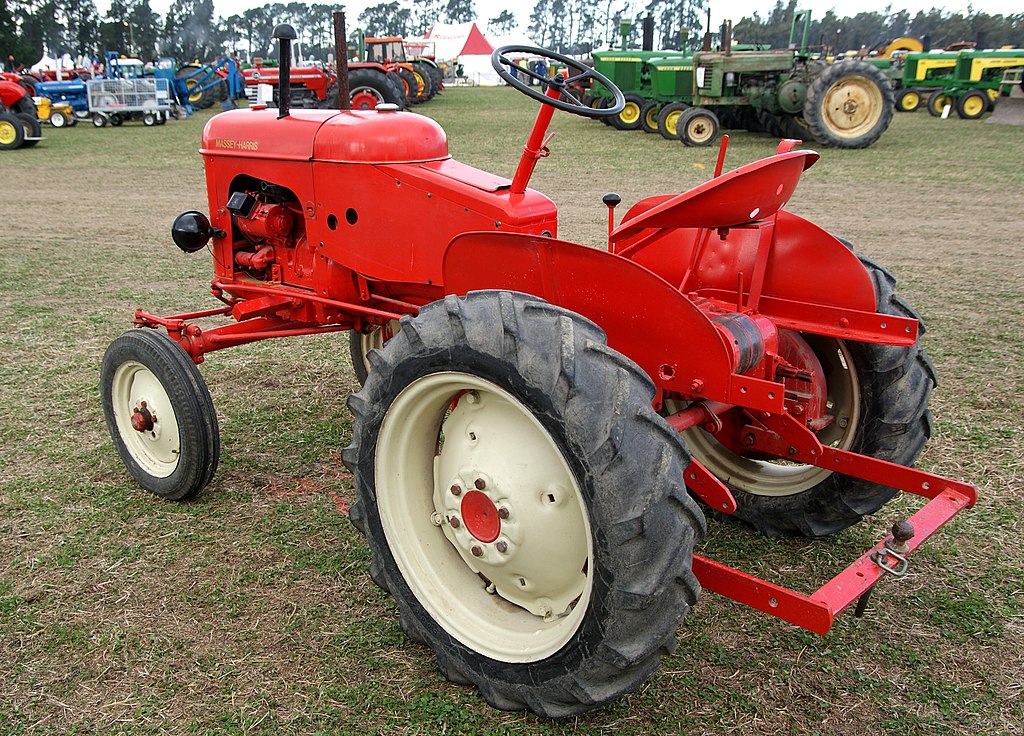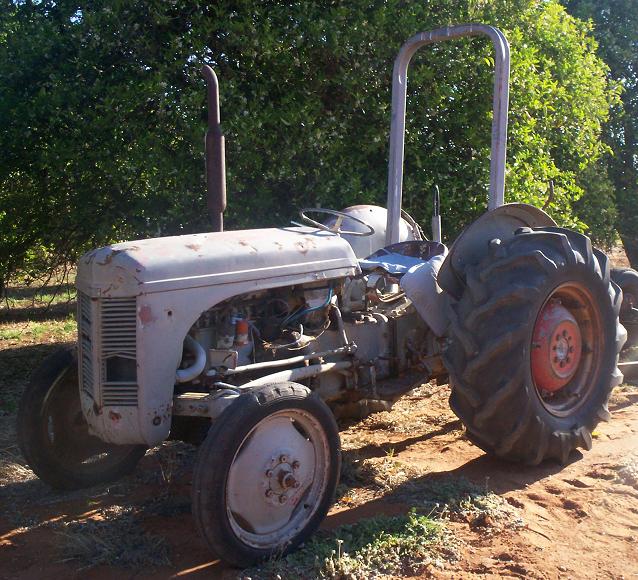A History of Farm Tractors in the UK
Farm tractors are essential machines for modern agriculture, but they have a long and fascinating history that spans more than a century. In this blog post, we will explore how tractors evolved from steam engines to diesel-powered vehicles, and how they transformed farm life in the UK.
The origins of the tractor
The word “tractor” comes from the Latin “trahere”, meaning “to pull”. The first tractors were not self-propelled, but rather towed by horses or oxen. They were used to power other machines, such as threshers, ploughs, or harrows.
The rise of the internal combustion engine in the late 1880s and 1890s had great potential for the farming world, with John Charter building the first oil powered tractor in 1889. Richard Hornsby & Sons sold the first tractor in the UK in 1897, and went on to sell… well, no others. The problem was that these early tractors were too heavy, noisy, and expensive for most farmers.

Photo By: Simon from United Kingdom, CC BY 2.0 https://creativecommons.org/licenses/by/2.0 ↗, via Wikimedia Commons
The history of the tractor began in earnest in the early 20th century, when petrol engines provided an alternative to steam, which had driven the power farming revolution for almost 100 years. Petrol tractors were lighter, faster, and more reliable than steam engines, and they could be used for a variety of tasks on the farm.
The impact of the First World War
As with so many elements of English society, the First World War forced a change in agriculture. The demand for food increased, while the supply of labour decreased. Many horses were requisitioned by the army, leaving farmers with fewer options to work their fields.
The government encouraged farmers to adopt tractors as a way to increase productivity and efficiency. They imported thousands of tractors from the USA, mainly from Ford and International Harvester. These tractors were simple, sturdy, and cheap, and they proved to be very popular among British farmers.

Photo By: Bernard Spragg. NZ from Christchurch, New Zealand, CC0, via Wikimedia Commons
The Fordson Model F was especially influential, as it was the first mass-produced tractor in the world. It was also the first tractor to have a three-point hitch system, which allowed it to attach and detach implements easily. The Fordson Model F dominated the UK market until the late 1920s.
The interwar period and beyond
After the war, the tractor industry continued to grow and innovate. Some of the leading North American tractor companies opened UK factories in the late 1940s, such as Massey-Harris, John Deere, and Case. They introduced new models that were more powerful, comfortable, and versatile than their predecessors.

Photo By: Bernard Spragg. NZ from Christchurch, New Zealand, CC0, via Wikimedia Commons
After the war, the tractor industry continued to grow and innovate. Some of the leading North American tractor companies opened UK factories in the late 1940s, such as Massey-Harris, John Deere, and Case. They introduced new models that were more powerful, comfortable, and versatile than their predecessors.

(TE20 – Tractor, England 20 horsepower)
Photo By: Longhair, CC BY 2.5 https://creativecommons.org/licenses/by/2.5 ↗, via Wikimedia Commons
At the same time, British manufacturers also developed their own brands of tractors, such as Ferguson, David Brown, Nuffield, and Marshall. They competed with each other and with foreign rivals for a share of the domestic and international markets.
The tractor became an indispensable tool for farmers in the UK, as it enabled them to cultivate larger areas of land, improve crop yields, and reduce labour costs. The tractor also changed the social and cultural aspects of farm life, as it reduced isolation, increased mobility, and created new opportunities for education and leisure.
The history of farm tractors in the UK is a story of innovation, adaptation, and transformation. Tractors have shaped the landscape and economy of rural Britain for over a century, and they continue to do so today.

Photo By: JoachimKohlerBremen, CC BY-SA 4.0 https://creativecommons.org/licenses/by-sa/4.0 ↗, via Wikimedia Commons

